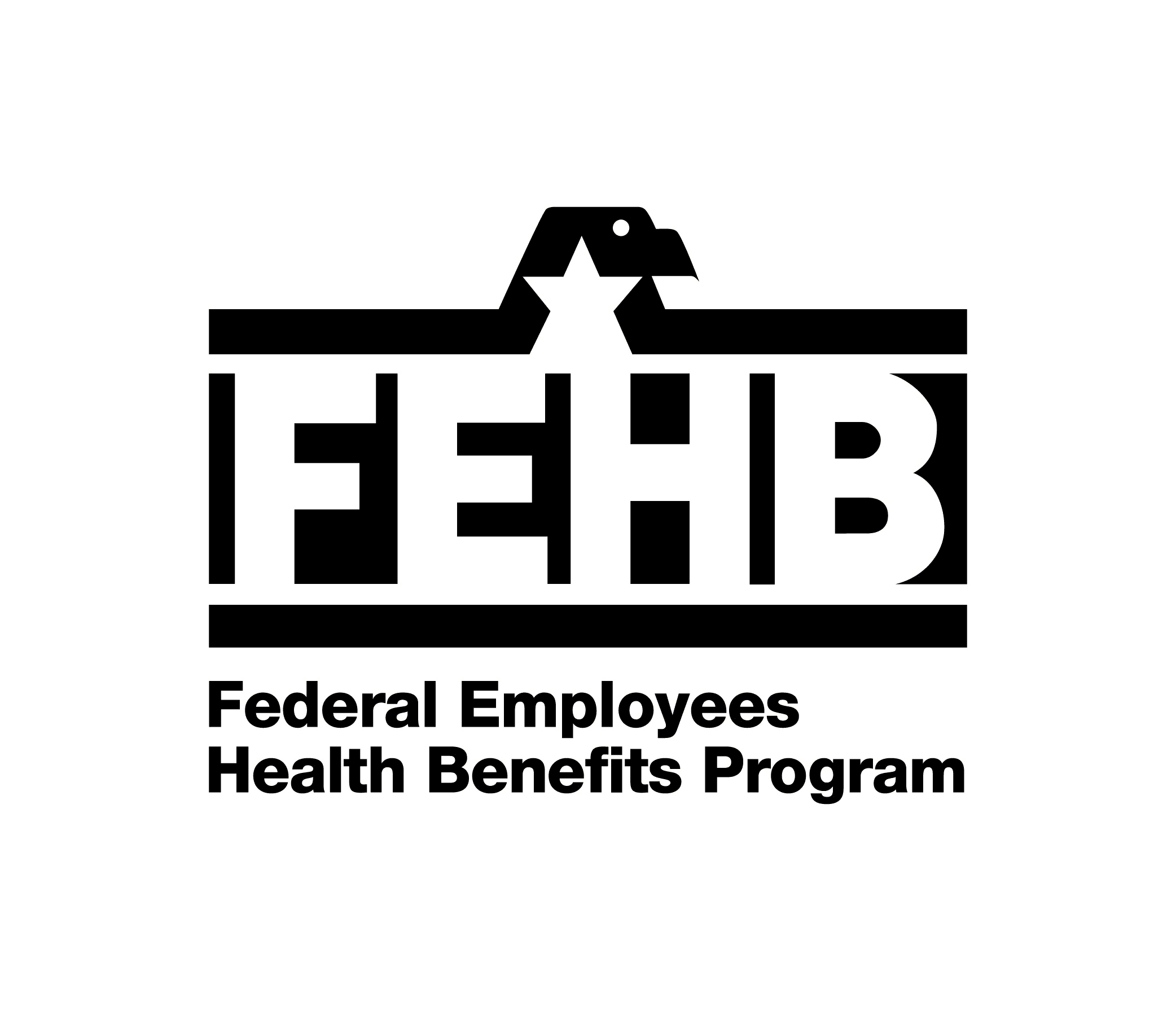This Plan is a Health Maintenance Organization (HMO) with a Point of Service (POS). OPM requires that FEHB plans be accredited to validate that plan operations and/or care management meet nationally recognized standards. Blue Open Access POS holds the following accreditations: Accredited status with NCQA. To learn more about this plan’s accreditation(s), please visit the following websites: National Committee for Quality Assurance (www.ncqa.org).
We require you to see specific physicians, hospitals, and other providers that contract with us. Our Plan providers will coordinate your health care services. When you receive services from network providers, you will not have to submit claim forms or pay bills. You pay only the copayments, coinsurance, and deductibles described in this brochure. However, if you use non-network providers you may be responsible for filing claims and may be required to pay for the charges at the time of services. We are solely responsible for the selection of these providers in your area. Contact us for a copy of our most recent provider directory.
Blue Open Access POS emphasizes preventive care such as routine office visits, physical exams, well-baby care, and immunizations, in addition to treatment for illness and injury. Our providers follow generally accepted medical practice when prescribing any course of treatment.
You should join an HMO because you prefer the plan’s benefits, not because a particular provider is available. You cannot change plans because a provider leaves our Plan. We cannot guarantee that any one physician, hospital, or other provider will be available and/or remain under contract with us.
We have Open Access benefits
Our HMO offers Open Access benefits. This means you can receive covered services from a network provider without a referral.
We have Point of Service (POS) benefits option
Our Plan offers Point-of-Service (POS) benefits. This means you can receive covered services from a non-network provider. However, out-of-network benefits may have higher out-of-pocket-costs than our in-network benefits.
How we pay providers
Network Providers
We negotiate rates with doctors and other health care providers. We refer to these providers as "Network Providers". These negotiated rates are our Plan allowances for network providers. We calculate your coinsurance using these negotiated rates. You are not responsible for amounts billed by network providers that are greater than our Plan allowance.
Non-Network Providers
Because they do not participate in our networks, non-network providers are paid based on an out-of-network Plan allowance. You are responsible for the deductible, coinsurance or copayment, as well as the difference between our Plan allowance and the billed charge.
Your rights and responsibilities
OPM requires that all FEHB Plans provide certain information to their FEHB members. You may get information about us, our networks, and our providers. OPM’s FEHB website (www.opm.gov/insure) lists the specific types of information that we must make available to you. Some of the required information is listed below.
- Years in existence
- Profit status
You are also entitled to a wide range of consumer protections and have specific responsibilities as a member of this Plan. You can view the complete list of these rights and responsibilities by visiting our website, Blue Open Access POS at www.anthem.com. You can also contact us to request that we mail a copy to you.
If you want more information about us, call 844-423-9988, or write to Blue Open Access POS, Mail Location: GA082E-0007, 6087 Technology Pkwy, Midland, GA 31820. You will find important information about your member rights and responsibilities, and how we evaluate new technology for covered services at www.anthem.com. Go to Customer Support, then go to FAQs. You may also visit our website at www.anthem.com/federal-employees/health-plans-ga/.
By law, you have the right to access your protected health information (PHI). For more information regarding access to PHI, visit our website at www.anthem.com to obtain our Notice of Privacy Practices. You can also contact us to request that we mail you a copy of that Notice.
Your medical and claims records are confidential
We will keep your medical and claims records confidential. Please note that we may disclose your medical and claims information (including your prescription drug utilization) to any of your treating physicians or dispensing pharmacies.
Service Area
To enroll in this Plan, you must live in our service area.
Our service area covers the following Georgia counties:
Banks, Barrow, Bartow, Bibb, Butts, Carroll, Chattahoochee, Cherokee, Clarke, Clayton, Cobb, Columbia, Coweta, Crawford, Dawson, DeKalb, Douglas, Fayette, Forsyth, Fulton, Gwinnett, Hall, Haralson, Harris, Heard, Henry, Houston, Jackson, Lamar, Madison, McDuffie, Meriwether, Monroe, Muscogee, Newton, Oconee, Oglethorpe, Paulding, Peach, Pickens, Pike, Richmond, Rockdale, Spalding, Talbot, Taliaferro, Troup, Upson, Walton and Wilkes.
Ordinarily, you must get your care from providers who contract with us. If you receive care outside our service area, we will pay for emergency care benefits. We will not pay for any other healthcare services out of our service area unless the services have prior plan approval, see Section 3.
If you or a covered family member move outside our service area, you can enroll in another Plan. If your dependents live out of the area (for example, if your child goes to college in another state), you should consider enrolling in a fee-for-service Plan or an HMO that has agreements with affiliates in other areas. If you or a family member move, you do not have to wait until Open Season to change Plans. Contact your employing or retirement office.

